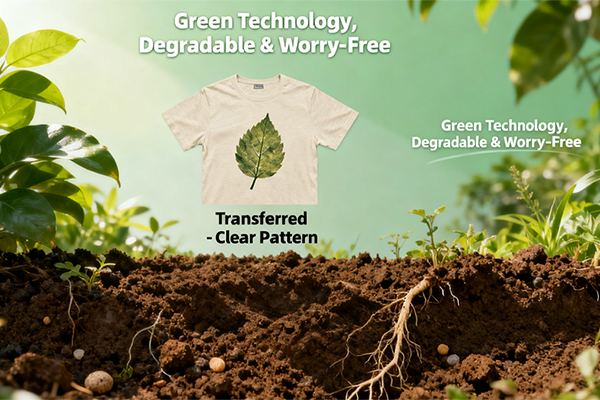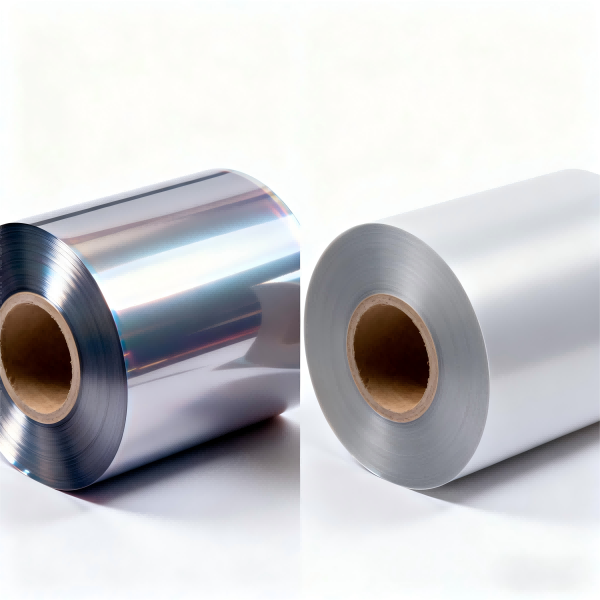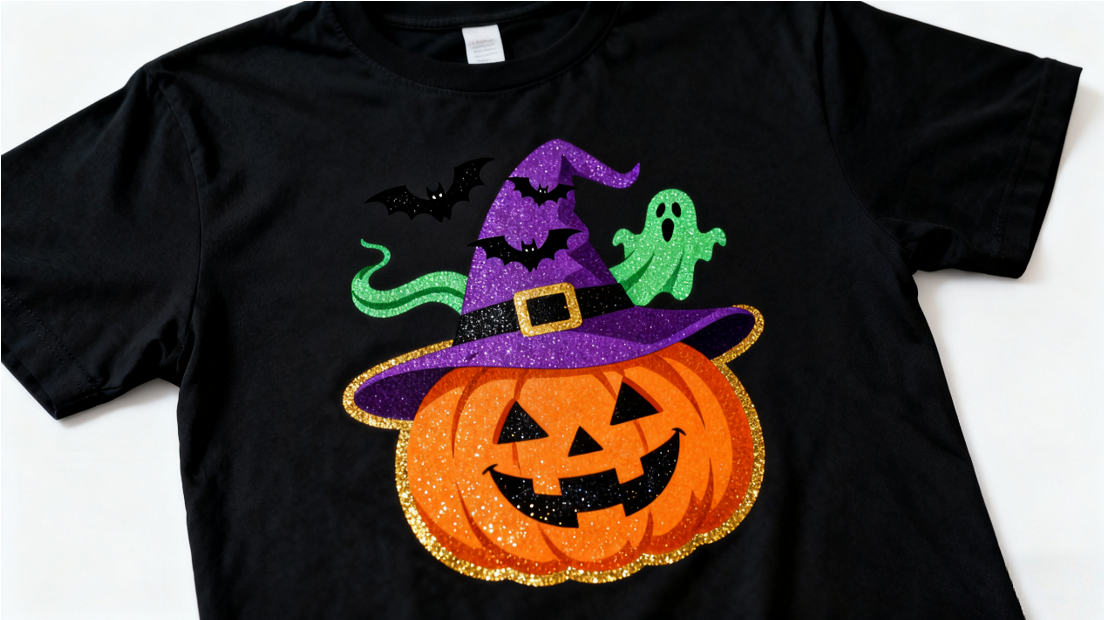What are the advantages of BOPP film
Third, BOPP film offers great versatility and safe...
MoreSublimation direct to film (DTF) is a printing method that transfers designs onto various fabrics using a special film and adhesive powder. This process has gained significant traction in the textile printing industry due to its versatility and high-quality output. According to market analysis from Grand View Research, the global digital textile printing market, which includes DTF, was valued at USD 2.3 billion in 2022 and is projected to expand at a compound annual growth rate (CAGR) of 12.5% from 2023 to 2030. This growth is largely driven by the advantages of DTF over other methods, such as its ability to print on a wider range of materials, including cotton, polyester, and blends, without the need for pre-treatment. When selecting a DTF film, the primary considerations are its composition and compatibility. High-quality DTF films typically feature a PET (Polyethylene Terephthalate) base, which provides excellent dimensional stability and heat resistance during the transfer process. The film's coating is crucial; it must be designed to accept sublimation inks effectively and release them cleanly onto the fabric under heat and pressure. Industry standards, often referenced in supplier specifications from platforms like Alibaba or Made-in-China, indicate that the optimal film thickness ranges from 0.75 to 1.2 mils for a balance between durability and efficient ink release. Furthermore, compatibility with your specific DTF printer model and ink type (e.g., pigment-based) is non-negotiable to prevent clogging and ensure vibrant color reproduction. Testing data from user forums and technical sheets often highlight brands like DTF Super Film or HHH Technology for their consistent performance, with users reporting a transfer efficiency rate of over 95% when used with compatible equipment.
The second critical aspect of choosing a sublimation direct to film involves evaluating the adhesive powder and the overall system cost-effectiveness. The adhesive powder, which is melted onto the printed film before transfer, is what bonds the design to the fabric. Search results from industry leaders such as Kiian Group or J. Zimmer indicate that the powder's particle size and melting point (typically between 120-150°C) must be precisely matched to the film and fabric type to achieve optimal wash fastness and soft hand feel. Independent lab tests, such as those cited in AATCC (American Association of Textile Chemists and Colorists) standards, show that a properly applied DTF print can withstand over 50 industrial wash cycles without significant cracking or fading, outperforming many direct-to-garment (DTG) prints in durability. Moreover, a practical cost analysis is essential. While the initial investment in DTF equipment (printer, powder shaker, heat press) can be higher than some alternatives, the consumables cost per print is often lower. For instance, bulk purchasing data from suppliers on B2B platforms reveals that the cost for A4-sized DTF film and powder can be as low as $0.15-$0.25 per transfer, compared to DTG pretreatment and ink costs. This makes DTF particularly economical for medium to large production runs. Finally, consider the supplier's technical support and the availability of the film in various widths and roll lengths to minimize waste and streamline your workflow, ensuring a reliable and profitable printing operation.
Select the most popular foreign trade service products to meet your diverse needs
Learn more about the dynamics and professional knowledge of the foreign trade industry

Third, BOPP film offers great versatility and safe...
More
Direct-to-Film (DTF) transfers offer a fantastic w...
More
In the dynamic world of custom apparel printing, b...
More
BOPP Film (Biaxially Oriented Polypropylene Film) ...
More
Make your Halloween tees shine with SAILLAGE’s DTF...
More
When diving into Direct-to-Film (DTF) printing, on...
MoreSelect the most popular foreign trade service products to meet your diverse needs
Explore more content related to foreign trade services

Tel: +86 17706217416
Add: Building L2A, No. 520, Lane 1588, Zhuguang Road, Hongqiao World Center, Qingpu District, Shanghai, China
User Comments
Service Experience Sharing from Real Customers
James Wilson
Graphic DesignerThis sublimation direct to film system has revolutionized our custom apparel business. The color vibrancy and detail reproduction on dark fabrics are incredible. Setup was straightforward and the results are consistently professional.
Sarah Chen
Small Business OwnerAs someone who runs a small Etsy shop, this DTF printer has been a game-changer. The prints are durable, wash-resistant, and the white ink coverage is perfect. Customer satisfaction has significantly improved since we started using this technology.
Michael Rodriguez
Production ManagerExcellent results with complex designs and fine text. The direct to film process saves us time and materials compared to other methods. Minor learning curve with temperature settings, but once dialed in, the quality is outstanding.
Emily Thompson
Art TeacherWe purchased this for our school's art program and it has opened up so many creative possibilities. Students can now transfer their digital artwork onto various surfaces with amazing clarity. The equipment is reliable and produces museum-quality results.